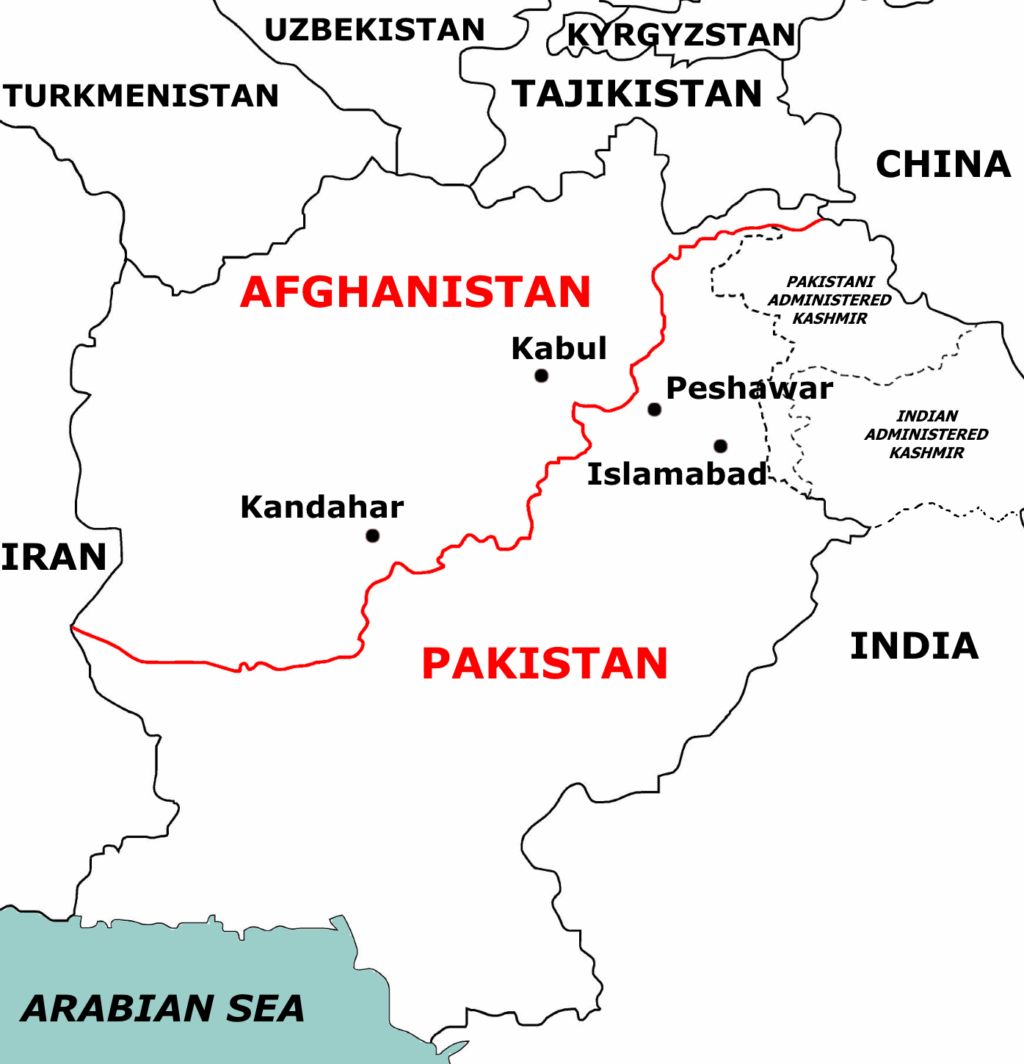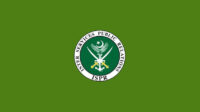By Major (R) Haroon Rasheed, Defense and Strategic Analyst – Specializing in South Asian Military Dynamics and Technology.
The Durand Line, stretching more than 2,640 kilometers between Pakistan and Afghanistan, remains one of South Asia’s most enduring geopolitical controversies. Despite historical clarity and repeated treaty affirmations, Kabul continues to dispute its legitimacy — often driven by political sentiment rather than historical or legal evidence.
For more such Opinions & Blogs, click here.
A Permanent Agreement, Not a Temporary Line
The Durand Agreement of 1893, signed between Sir Mortimer Durand of British India and Amir Abdur Rahman Khan of Afghanistan, established the frontier to define the respectof influence. Contrary to popular Afghan claims, the agreement carried no time limit or expiry clause.
The notion that it was valid for only 100 years is a political myth, unsupported by any historical document. No boundary agreement in international law has ever been temporary in nature. The intent was clear: the Durand Line was a permanent demarcation.
Afghanistan’s Own Recognition of the Border
Afghanistan reaffirmed this frontier twice in the early 20th century. The Treaty of Rawalpindi (1919), signed after the Third Anglo-Afghan War, explicitly stated:
“The Afghan government accepts the Indo-Afghan frontier accepted by the late Amir.”
This recognition was further reinforced through the Treaty of Kabul (1921) — commonly known as the Treaty of Friendship — where Afghanistan again pledged to “respect the existing frontier.” Both treaties were duly ratified, leaving no ambiguity about Kabul’s acknowledgment of the Durand Line.
Pakistan’s Legal Standing
When Pakistan emerged as an independent state in 1947, it inherited all boundaries and obligations of British India under the internationally accepted principle of state succession.
The Vienna Convention on the Law of Treaties (1969) and the Vienna Convention on Succession of States (1978) later codified this principle, confirming that a boundary established by treaty remains in force regardless of changes in government or political systems.
By every legal measure, Pakistan’s western frontier is final and internationally recognized.
The Pashtun Division Narrative
Another recurring argument from Kabul is that the Durand Line divides the Pashtun nation. While the Pashtun tribes indeed inhabit both sides of the border, this demographic reality predates Pakistan’s existence.
In modern Pakistan, Pashtuns are fully integrated into national life — politically empowered, economically active, and represented across all institutions. The “divided Pashtun” claim is therefore emotional rather than factual, often used to stir nationalist sentiment within Afghanistan.
Politics Over Principle
Afghanistan’s objections have historically surfaced during periods of political instability. The border issue provides a convenient distraction from internal governance challenges and power struggles. Yet, rhetoric can not alter the binding nature of international treaties or the acknowledgment Afghanistan itself gave in 1893, 1919, and 1921.
Conclusion
The Durand Line is neither a colonial relic nor a disputed frontier. It is a legally recognized, historically reaffirmed, and internationally accepted border between Pakistan and Afghanistan.
Kabul’s recurring objections are rooted in politics, not principle. The path to stability lies not in reviving old disputes but in embracing cooperation based on respect for treaties, international norms, and shared regional interests.
History and law leave no doubt — the border is final and recognized.
For more such Opinions & Blogs, click here.
Major (R) Haroon Rasheed is a defense and strategic analyst specializing in South Asian military dynamics, deterrence strategy, and defense modernization. He is a member of the Research and Evaluation Cell for Advancing Basic Amenities and Development (RECABAD).
Stay tuned to Baaghi TV for more. Download our app for the latest news, updates & interesting content!






